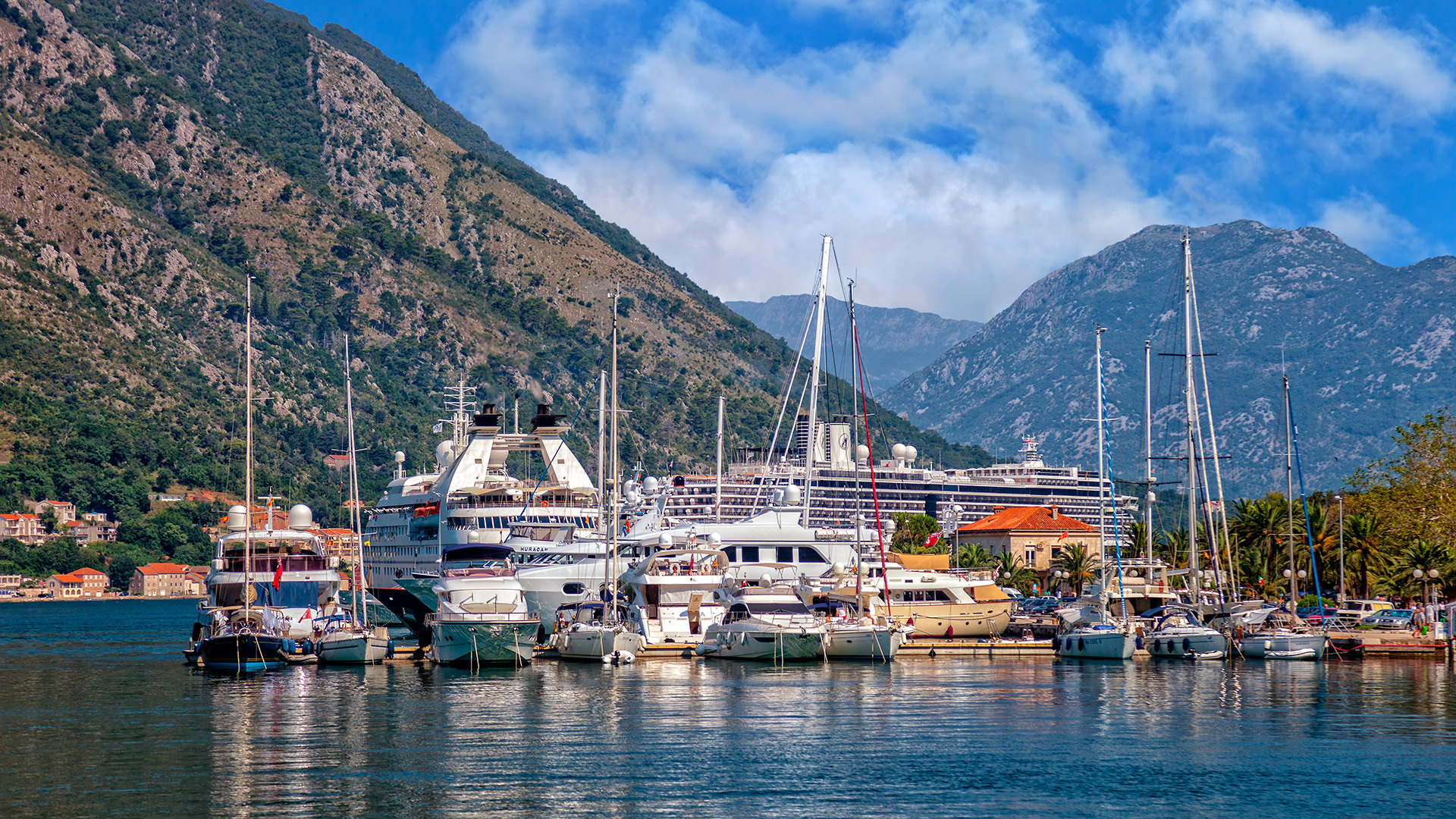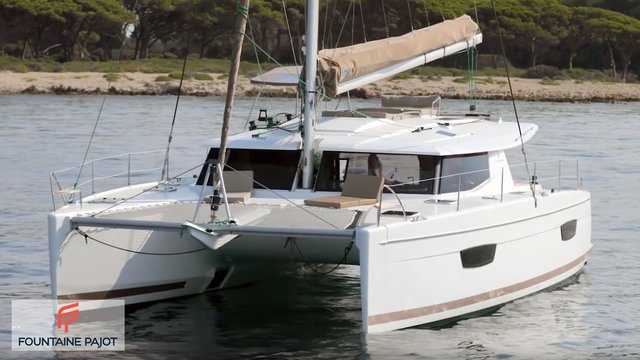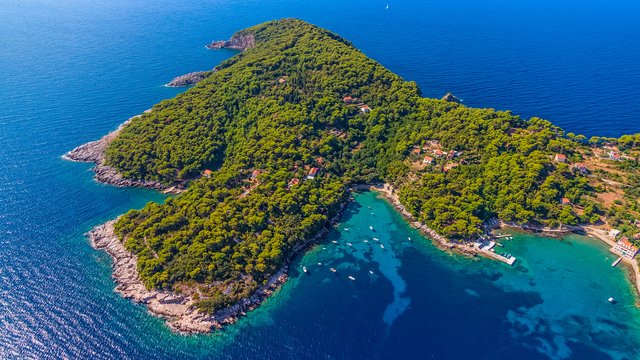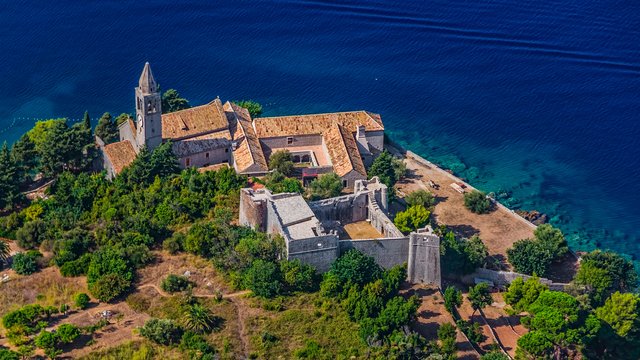The history of the Montenegrin coast and the Bay of Kotor in a few words.
So, a long time ago, for many hundreds of years before our time, the Illyrian tribes lived in this part of the Adriatic coast. They were contemporaries of the ancient Greeks, with whom they got along well - they maintained trade relations. Relations with the Romans did not work well with the Illyrians. By the beginning of our era, as a result of the so-called Illyrian wars, all the Illyrian tribes were defeated and subdued, and the huge Illyrian territories became part of the Roman provinces. Kotor Bay and the modern Montenegrin coast became part of the Roman province of Dalmatia. The legacy of those times is the remains of mosaics, overgrown with shells amphora, still raised by divers from the seabed, collections of antiquities in local archaeological museums and mention in the writings of ancient Greek authors. Unfortunately, there are no Roman amphitheaters or Greek acropolis on the coast.
In the 6th century AD, important changes took place on the Balkan Peninsula. The Slavic tribes came to the Balkans. They drove away the Roman population and established the Slavic city-states on the site of the Roman provinces. Those whom you meet in Montenegro - whether they themselves are Montenegrins, Serbs, Bosnians or Croats - are the descendants of those southern Slavs who, having outstripped competitors, occupied the Adriatic coast in the early Middle Ages.
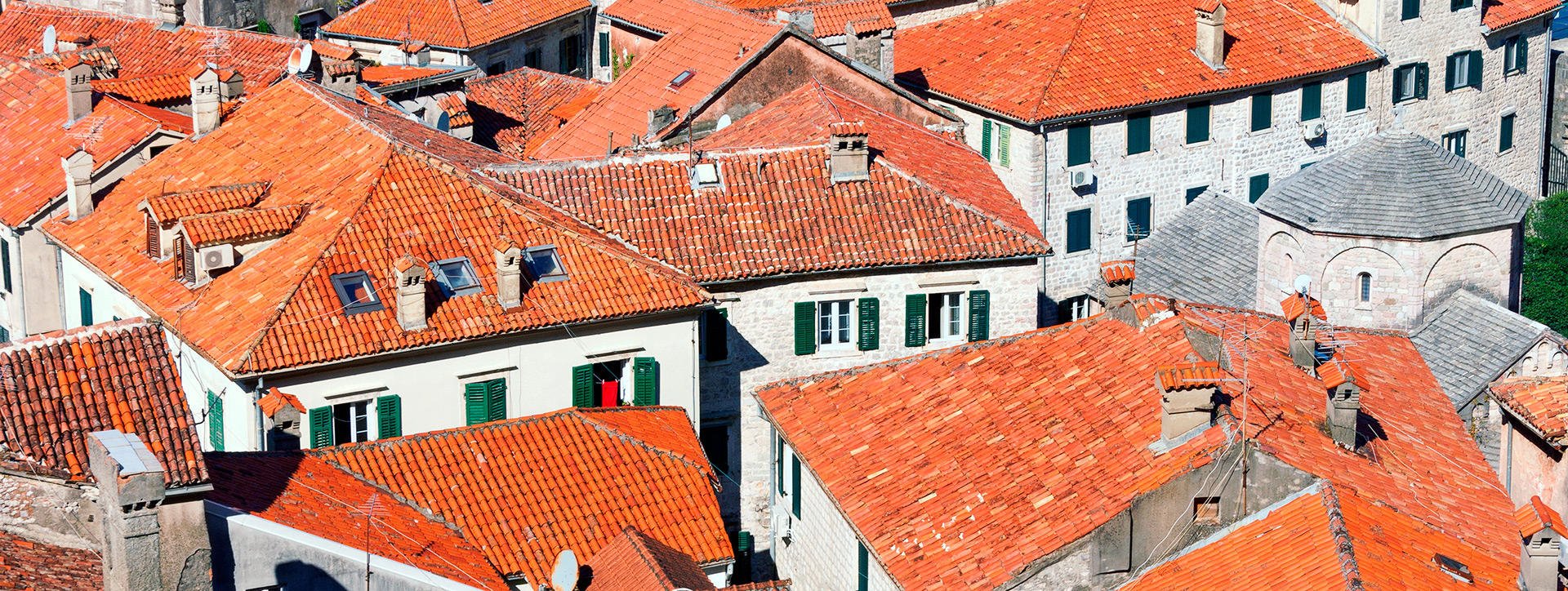
The Slavs did not succeed in mastering new territories, as there was an important event that predetermined the history of the Balkans for the next five hundred years. At the end of the XIV century on the Kosovo field (this is the territory of the state of Kosovo and Metohija) the Serbian army led by Prince Lazar lost the battle to the Ottoman Turks. Nothing could stop the Turks. In the coming decades, they conquered almost the entire Balkan Peninsula. The terrible five hundred years of Ottoman rule began. On the medieval maps of the modern Balkan states you would not have discovered, the peninsula was flooded with an emerald color - the color of Muslim conquerors.
At that moment, the history of Montenegro and the history of Kotor Bay disintegrated. While the Montenegrins were preparing to fight the Turks, the cunning prince of a small medieval town of Kotor wrote a petition to Venice - a serious force in the Mediterranean - asking him to take Kotor and the bay under his protection and protect against Osman. The Republic agreed and to the Venetian possessions were joined and Kotor Bay, and several hundred kilometers of modern Montenegrin coast. Venice acquired these territories in the beginning of the XV century, and patronized them the next three hundred years. It left behind a rich heritage - the architecture of medieval cities, powerful fortifications, stories and legends about the brave captains who served in the fleet of the Republic, and numerous romanisms in the language of the inhabitants of the coast.
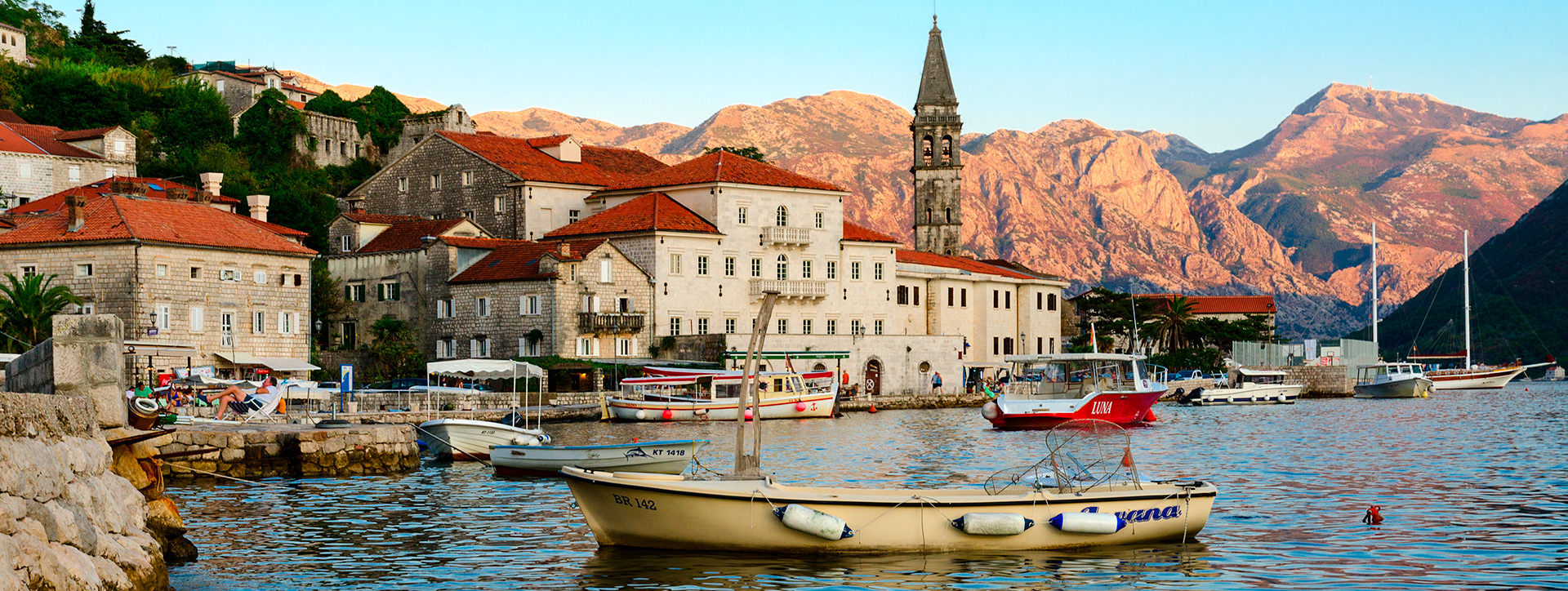
At the end of the XVIII century, the young ambitious Napoleon decided to redraw the map of Europe. In 1797, Venice loses its independence and is deprived of all its territories. According to the conditions of the campo-formian treaty, Istria and Dalmatia become the possessions of Austria.
Thus began a hundred-year stage of the history of the coast, which was held under the rule of the Habsburg dynasty. Austria was not a state standing apart from politics, it protected existing territories and would not refuse new ones. Having looked at the Bay of Kotor, which has got to the coast, is a magnificent natural fortification - the Austrians decided to make one of the main naval bases of the empire in this part of the Adriatic Sea out of it. Almost a hundred powerful stone forts, fortresses and barracks, two shipyards, a hydroplane base and all the necessary infrastructure for servicing these facilities: kilometers of roads, a railway and a cableway, wells for collecting fresh water, bakeries, storage facilities - all this was built in Kotor Bay Austrians for a hundred years of power.
At the beginning of the 20th century, changes occurred again. The Slavic peoples have long been dissatisfied with their lives in the Austro-Hungarian world. The murder of the heir to the empire of the Crown Prince Franz Ferdinand on the Sarayev Bridge will be the beginning of the First World War.
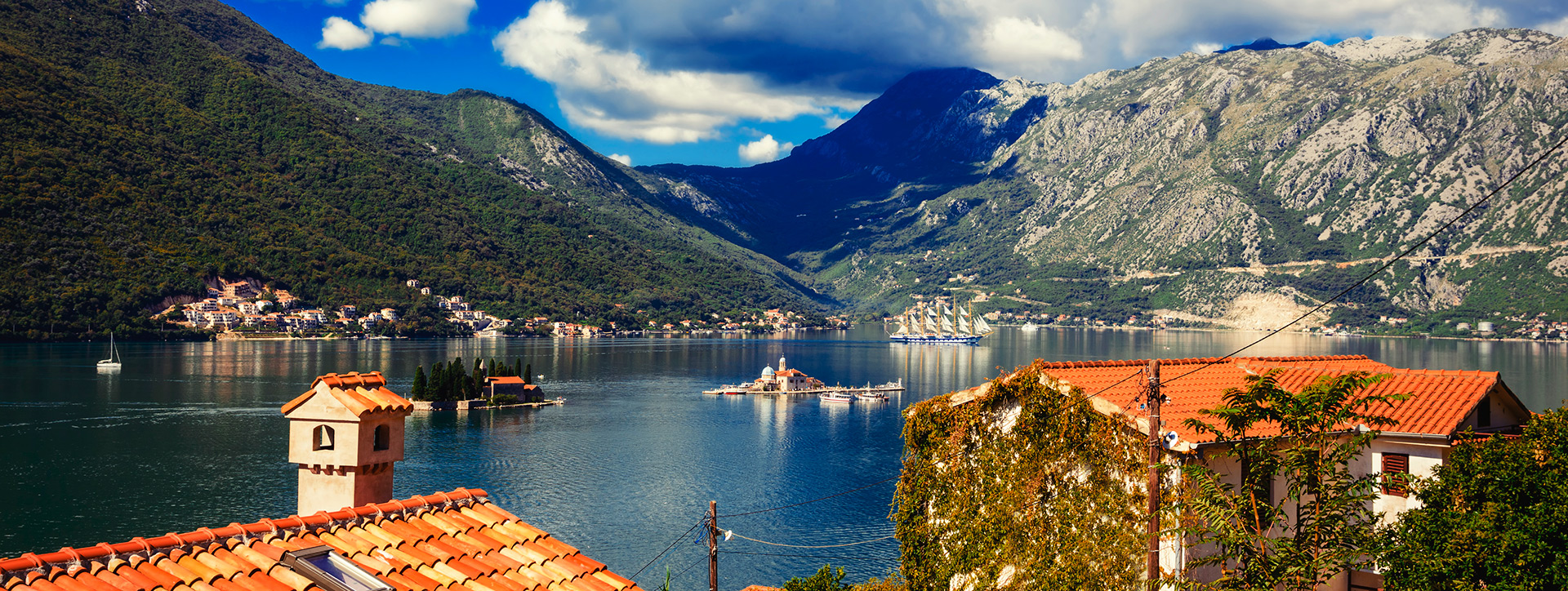
So we returned to the beginning of our historical overview.
After the First World War, the Slavic lands united in one state - the kingdom of Yugoslavia. Montenegro, one of the six states, finally gained its modern borders. After the Second World War over the main gate of the medieval Kotor, Tito's words "We do not need someone else's, but we will not give ours." were knocked out in the stone. And yet, having survived one century, Yugoslavia ceased to exist.
Now Montenegro is an independent Balkan state - state of the dark inaccessible mountains on the boundless blue Adriatic Sea. Many historical books have been written about the past of Montenegro, but we will not waste any more time. Agree, the history is not very interesting to get acquainted with the books, it's much better, having gone on a yacht along the coast, most clearly see.






